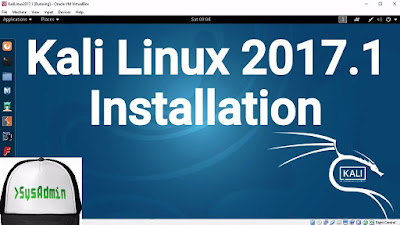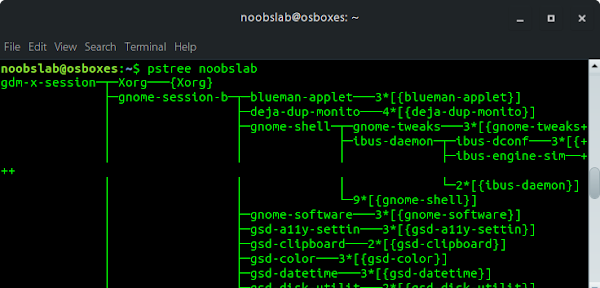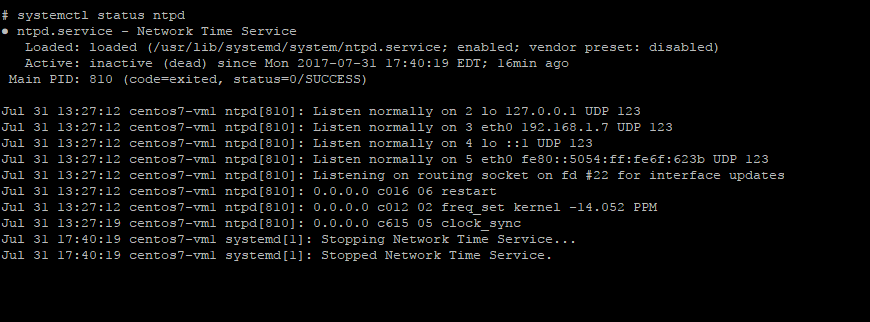HOW TO KILL DEFUNCT OR ZOMBIE PROCESS
A “defunct” processes
is also known as a “zombie” processes. A Zombie
process is referred as dead process which is receding on your
system though it’s completed executing. In one shot we can say it’s a dead
processes which is still in RAM. This process will be in your process table and
consuming your memory. Having more defunct process will consume your memory
which intern slows your system. We have to kill the defunct process in order to
free RAM and make system stable.
What is a zombie process?
When a process finishes execution, it will
have an exit status to report to its parent process. Because of this last
little bit of information, the process will remain in the operating system’s
process table as a zombie process, indicating that it is not to be scheduled
for further execution, but that it cannot be completely removed (and its
process ID cannot be reused) until it has been determined that the exit status
is no longer needed.
When a child exits, the parent process will
receive a SIGCHLD signal to indicate that one of its children has finished
executing; the parent process will typically call the wait() system call at
this point. That call will provide the parent with the child’s exit status, and
will cause the child to be reaped, or removed from the process table.
Why
defunct process are created?
Ans
: When ever a process ends
all the memory used by that process are cleared and assigned to
new process but due to programming errors/bugs some
processes are still left in process table. These are created when there is no
proper communication between parent process and child proces
How do I remove zombie
processes from a system?
Well, first you can wait.
It’s possible that the parent process is intentionally leaving the process in a
zombie state to ensure that future children that it may create will not receive
the same pid. Or perhaps the parent is occupied, and will reap the child
process momentarily.
Secondly, you can send a
SIGCHLD signal to the parent (“kill -s SIGCHLD <ppid>“). This will cause
well-behaving parents to reap their zombie children.
Finally, you can kill the
parent process of the zombie. At that point, all of the parent’s children will
be adopted by the init process (pid 1), which periodically runs wait() to reap
any zombie children. Then system need reboot to kill zombie process.
Interview
questions & answers
1. How to find a defunct
process?
Run “ps aux” and look for a
Z in the STAT column.
ps aux | awk
‘”[Zz]” ~ $8 { printf(“%s, PID = %dn”, $8, $2); }’
2. How can I kill a
defunct process?
Ans : Just use kill command
3. Still not able to
kill?
Ans : Then use kill -9 to force
kill that process
4. Still have an issue in
killing it?
Ans : Then try to kill it’s
parent id and then defunct.
#kill
parent-id-of-defunct-pid
#kill -9
parent-id-of-defunct-pid
Ans : If you still find defunct
process eating up RAM then last and final solution is to reboot your
machine(This is not preferred on production boxes).
6.What is orphan process?
Ans : An orphan process is said
to be a process which runs through parent process is terminated, these process
do not know what to do and when to terminate.
7. What is difference
between orphan and defunct processes?
Ans : A defunct process is a dead
process where there is no execution happening whereas orphan process is a live
process which is still in execution state but don’t have parent process











